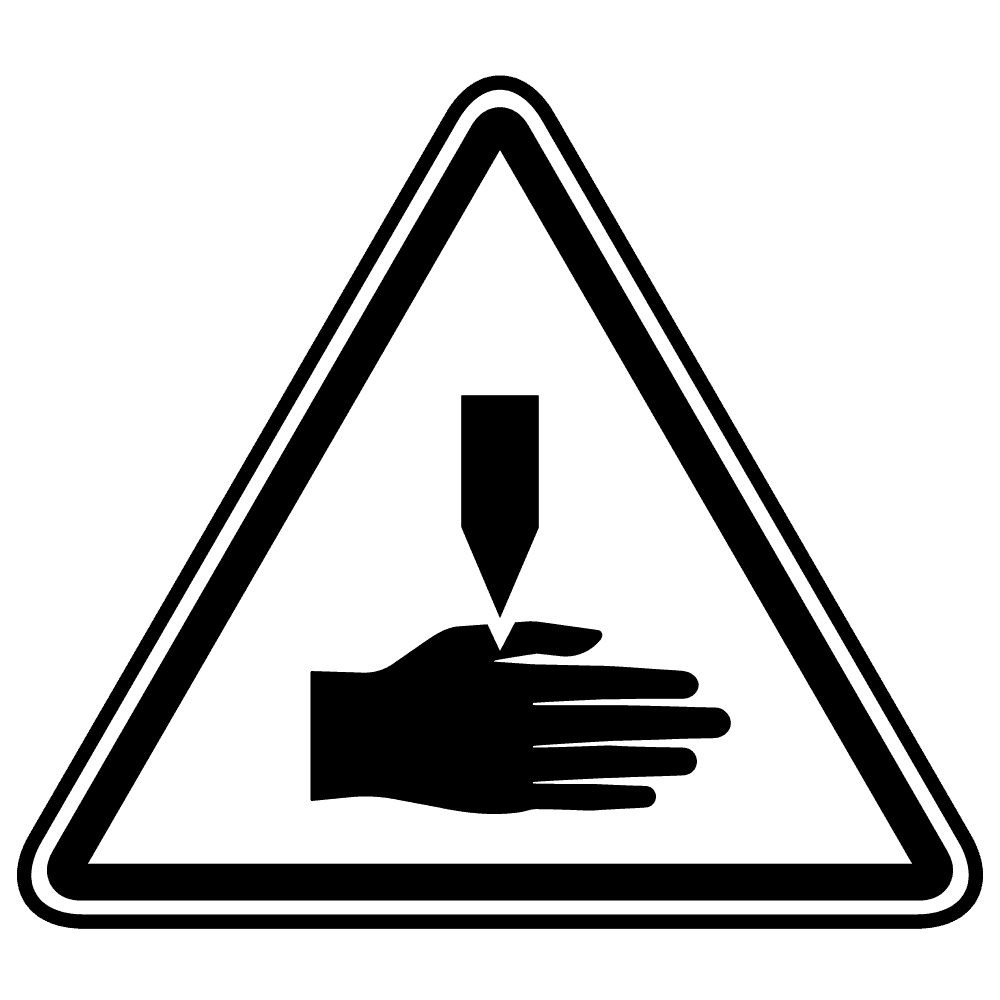- Safety Glasses
- Sports
- Sunglasses
- Eyeglasses
- Safety Products
- Accessories

In the realm of personal protective equipment, understanding the levels of cut resistant gloves is crucial for ensuring optimal hand protection in various work environments. These gloves are categorized based on their ability to withstand cuts, abrasions, and punctures, offering different levels of protection.
Cut resistant gloves are an essential part of safety gear in industries where workers are exposed to sharp objects or cutting tools. The right level of cut resistance can prevent serious injuries and improve overall work safety.
The American National Standards Institute (ANSI) has established a standard known as the ANSI cut level, which helps in categorizing the resistance level of gloves. This standard provides a clear guideline for choosing the appropriate level of cut resistance required for different tasks.

Suitable for light cut hazards, such as handling small parts with sharp edges. These gloves provide basic protection.
Ideal for moderate cut hazards, including handling materials like glass or thin metal sheets.
Designed for high-cut hazards in industries like metal stamping or food processing.
Offers the highest level of protection, suitable for extreme cut hazards such as heavy metal stamping and meat processing.
While choosing gloves with the appropriate level of cut resistance, it’s also important to consider comfort and dexterity. Gloves should protect and allow for ease of movement and precision in tasks.
The effectiveness of cut resistant gloves dramatically depends on the glove material. Materials like Kevlar, Dyneema, and stainless steel mesh are commonly used for higher levels of protection.

Level A1 gloves are adequate for tasks such as packaging or assembly work.

Levels A2-A3 are preferred for automotive work or carpentry.

Levels A4-A5 are necessary for handling sharp tools and machinery.

Levels A6-A9 are mandatory in industries with severe cut hazards.
Understanding the levels of cut resistant gloves is vital for ensuring hand safety in hazardous work environments. By considering factors like ANSI cut levels, glove material, and the specific needs of the task at hand, workers can select the most suitable gloves for effective protection.

Stay on top of the latest news about prescription safety glasses, eyewear, sunglasses, and all the trends in the industry.
DISCOVER NOWBe the first one to know about promotion, new products, and more.
Follow Us On Instagram @rx_safety
